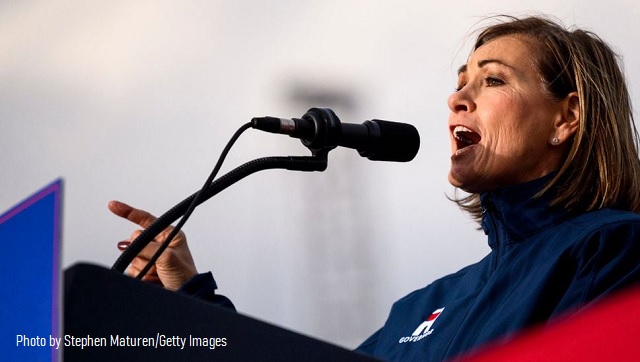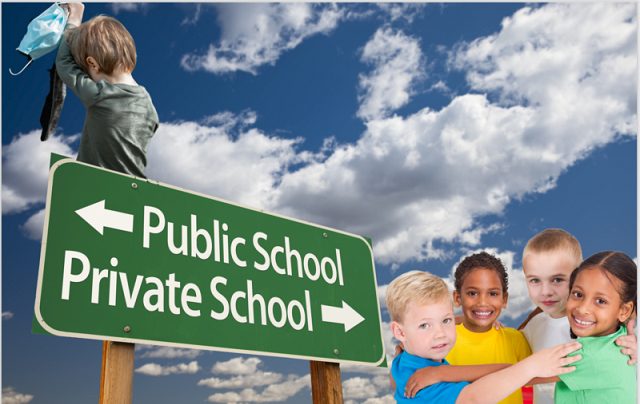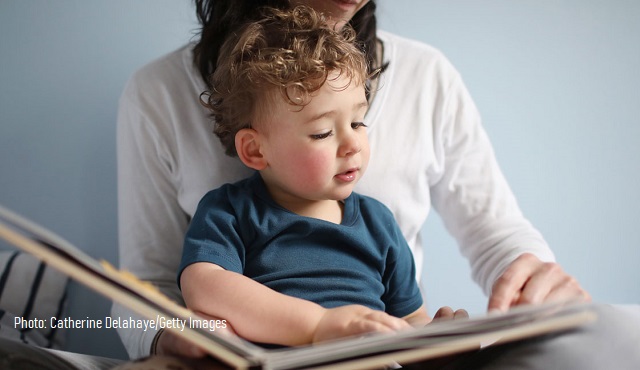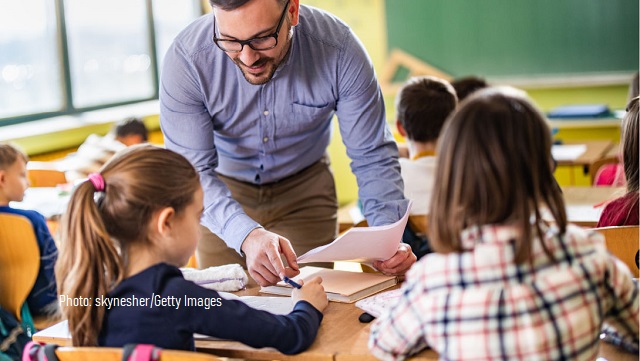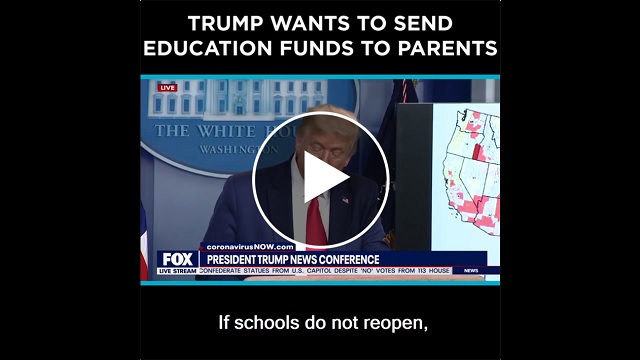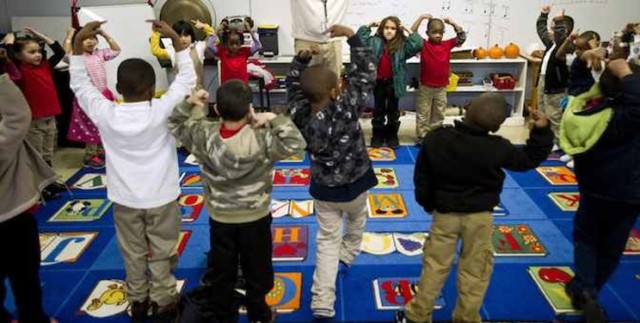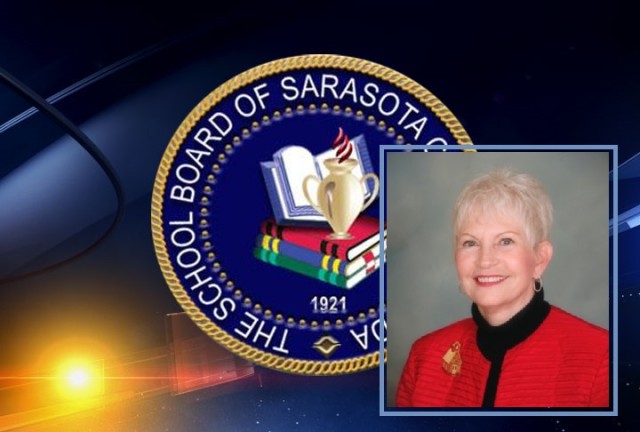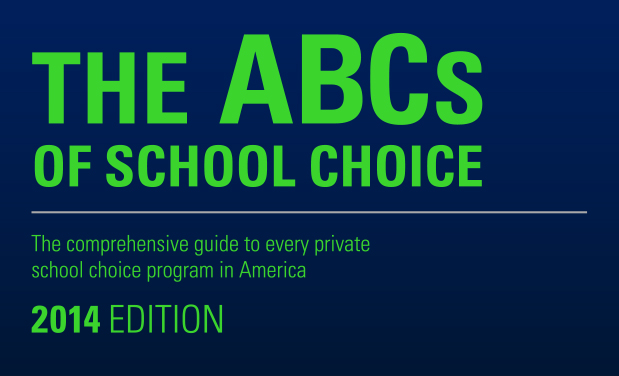As Democrats Disparage School Choice, Experts Say Increased Competition Fuels Innovation
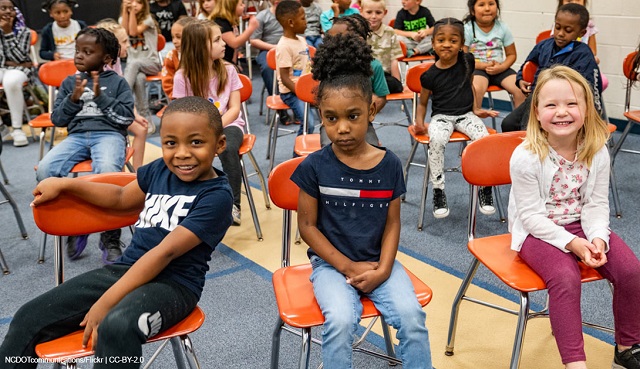
While states have successfully expanded their school choice programs, left-wing critics argue that the programs are an “existential threat” to public education. But experts are pointing out that not only do school choice programs relieve pressure off of the public education sector and provide parents with more schooling options, they are also proving to help students thrive academically and are fueling academic competition and innovation.
On Sunday, National Review reported that Florida has seen an additional 90,000 students enroll in private schools and other “innovative” educational programs in the last year due to the universal school choice bill that was enacted this year, marking a 43% increase in the number of students enrolled in the program, which now totals over 256,000 students. The program allows any Florida family to use state scholarships funded by corporate tax credits and other state funds to send their children to the private school of their choice.
Currently, 10 states have enacted school choice programs similar to Florida’s.
As the programs have expanded nationwide, Democratic lawmakers have almost universally denounced the programs, claiming that they present an “existential threat” to the public school system by redirecting public money away from it. But as observers have noted, the financial shortfall projections that left-leaning organizations have claimed would occur have proven to be wildly inaccurate. The Florida Policy Institute estimated that the state’s school choice program would cost the state $2 billion to fund scholarships in its first year, which was almost 10 times higher than the legislature’s estimate.
“They were grossly over-inflated in their estimates, and that they did so, in my mind, deliberately to stop kids from having the kind of customized, quality education that they deserve, and only for partisan purposes and in defense of their union allies that put the needs and interests of institutions and adults over the needs of children,” said Florida House Speaker Paul Renner (R).
Renner went on to tell National Review that “we’ve had Democrat members who have reached out to us, our staff, to find out how their families can benefit from the scholarship, even though they voted against our bill.”
In recent years, public education has seen a remarkable downturn in equipping students with proficiency in basic skills. Reading and math scores are currently at their lowest levels since 1971, and the Associated Press reported in May that “40% of eighth grade students are performing below basic proficiency in history, meaning they likely cannot identify simple historical concepts in primary or secondary sources,” with 31% “performing below basic proficiency in civics.”
At the same time, recent studies have shown that students who are enrolled in school choice programs show more political tolerance than public school students, with “13 studies showing a private-school advantage and only one showing a government-school advantage.” In addition, a study of Milwaukee’s school choice program found that it significantly reduced criminal activity of students, including a 53% reduction in drug convictions, an 86% reduction in property damage convictions, and a 38% reduction in paternity suits.
As Doug Tuthill, president of Step Up For Students, contended, school choice programs will lead to “a lot more growth with very innovative 21st-century learning environments.” He went on to observe that “we’re in a weird place where the people who like to think of themselves as progressives are very, very conservative and traditional. They do not want the innovation and change. When people say, ‘You’re trying to destroy public education,’ what I hear is, ‘You’re trying to destroy my 1950s concept about what public education should be.’ And that’s true, we are trying to move away from a one-size-fits-all industrial model that’s been around really since the 1800s.”
Meg Kilgannon, senior fellow for Education Studies at Family Research Council, concurred, while also arguing that the rise of controversial ideologies on gender, race, and sexuality that have arisen in public schools are a direct threat to Christian families — further highlighting the value of school choice programs and the need for Christian engagement in the educational sector.
“These kinds of dire predictions of ultimate demise are typical fearmongering from the Left,” she told The Washington Stand. “They are afraid of their own demise if they are prevented from indoctrinating a new generation of leftist activists via highly politicized public education. As birth rates decline in the U.S., the fight for the minds and hearts of children will intensify. Christians need to engage in our educational system in every way: churches starting their own schools and Christians running for office or serving as teachers, administrators, or staff. Our witness is desperately needed.”
AUTHOR
Dan Hart
Dan Hart is senior editor at The Washington Stand.
RELATED TWEET:
SCOOP: @MononaGroveSD announced they will no longer allow schools to celebrate holidays like Halloween because of “diversity” and “inclusion.”
This same district celebrates Pride month and other days celebrating the LGBTQ+ community.
Celebrating who people like to have s*x with… pic.twitter.com/zPHqGZ6EkG
— Libs of TikTok (@libsoftiktok) October 17, 2023
EDITORS NOTE: This Washington Stand column is republished with permission. All rights reserved. ©2023 Family Research Council.
The Washington Stand is Family Research Council’s outlet for news and commentary from a biblical worldview. The Washington Stand is based in Washington, D.C. and is published by FRC, whose mission is to advance faith, family, and freedom in public policy and the culture from a biblical worldview. We invite you to stand with us by partnering with FRC.

